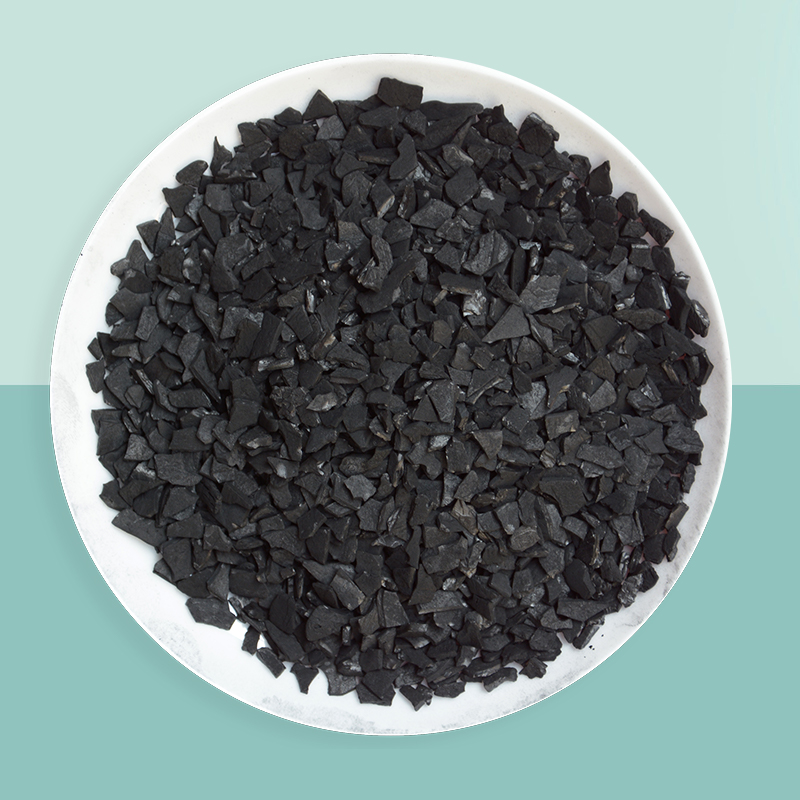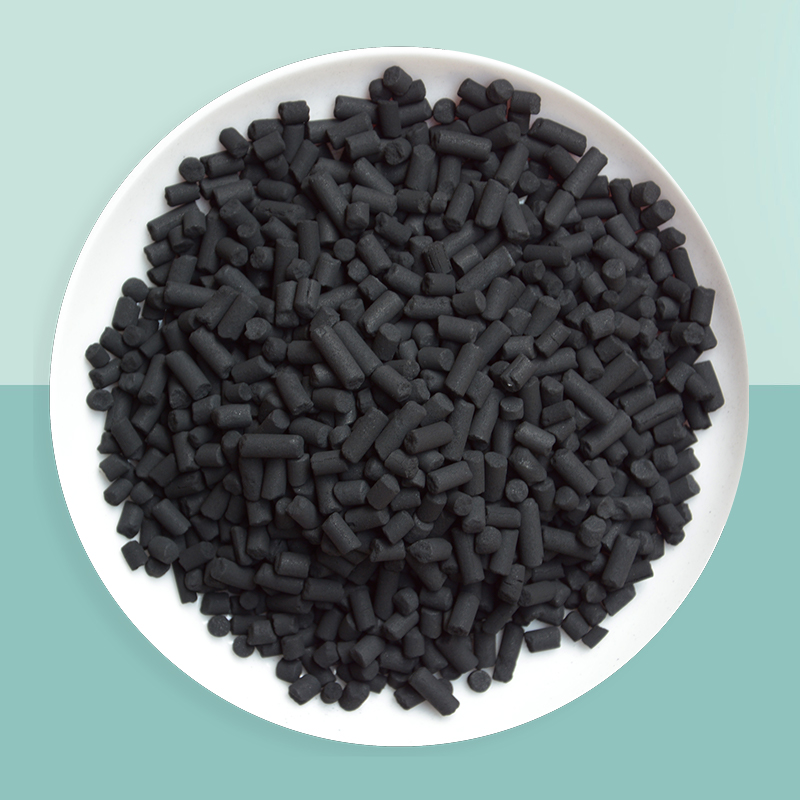The surface of activated carbon contains a variety of compounds, which form various groups when it adsorb oxygen. The atoms at the edges of activated carbon microcrystals or the exposed lattice defects, shifts and breaks are the main parts of forming oxygen groups. And these oxygen groups are divided into two categories: acidic and alkaline.
There are seven main structural types of acid groups :
1. carboxyl group;
2. phenol hydroxyl; ③ quinone carbonyl; 4 n-lactone group (n-lactone group); ⑤ fluorescent lactone group (f – lactone group); ⑥ carboxylic anhydride group; ⑦ ring peroxy group.
The first three compounds are dominant, while both lactone groups are derived from carboxyl groups. There are three main types of basic groups, all of which are chromene structure compounds. Tests show that the alkaline groups form in smaller quantities and cover a much smaller surface area than the acidic groups. In addition to oxygen groups, there are sulfur groups and nitrogen groups on the surface of activated carbon. Sulfur groups are formed by the interaction of sulfur atoms and the surface of activated carbon or by the replacement of surface oxygen groups.
According to the electron energy spectrum and Fourier transform infrared spectroscopy of the sulfur treated activated carbon in recent years, it is confirmed that there are many kinds of sulfide, and the performance of these compounds in acid and base solutions is very stable. Nitrogen groups are the groups formed by the interaction of nitrogen atoms with carbon atoms or oxygen groups on the surface of activated carbon. If at a certain temperature, ammonia and various organic ammonia, azolene and other treatment of activated carbon, can make nitrogen atoms firmly combined on the surface.
Many tests have shown that the surface containing nitrogen groups plays an important role in catalytic oxidation, especially in the reaction of oxidation of sulfur dioxide to sulfur trioxide. The surface of activated carbon can not only form the above groups, but also react with fluorine, chlorine, bromine and iodine and other elements to generate new surface groups, these groups have an important impact on the adsorption of activated carbon, catalysis and as a catalyst carrier, which is worth our in-depth research and discussion. For example, carboxyl group for the synthesis of vinyl chloride, quinone carboxyl group for the synthesis of vinyl acetate play a very beneficial role.

